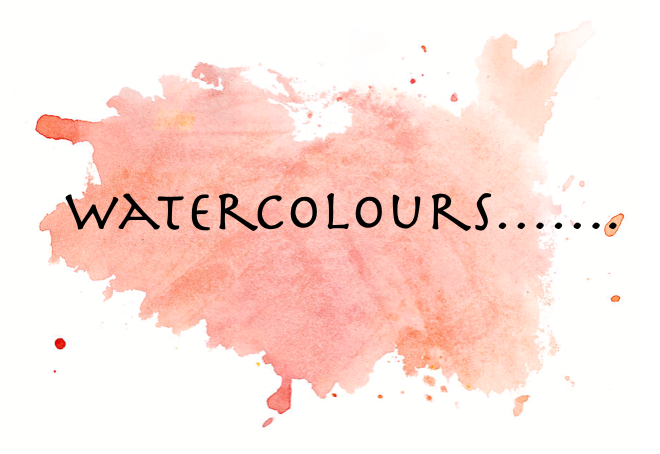All About
- Rucheer Ambil
- Feb 22, 2022
- 2 min read

What Are they?
Well they may be seen as something to destress your mind, but what are they actually? They consists of fine pigment particles suspended in a water-soluble binder which are adhesive substance. As watercolour is semi-transparent, the white of the paper or canvas gives a natural luminosity to the washes of colour.
When and where did they come to life and why ?
Stone age provided man with immense opportunities to enjoy their time. Whilst they discovered fire and the wheel, watercolour was one of those magnifique revelations. Paintings in the earlier days where used as a mode of communication. Early Palaeolithic man first painted animals and other humans on the walls of their cave using charcoal, ochre and other natural pigments. The most probable reason for this could be to decorate their surroundings and make it more interesting, and to depict their picturesque journeys. Egyptians soon popularised it too on the newly discovered papyrus, to describe and pass on what they have learnt of their society. The Chinese discovered it, around the 4000 BCE, as a medium of decorative art. Watercolour landscapes was established as an independent form of Chinese painting. Illuminated manuscripts and maps were given colour with the help of watercolours in Europe during the middle ages. The era of Renaissance art, played with watercolours with miniature portraits or in studying nature.
What are the techniques used ?
As watercolours developed in time, they carried along with it numerous techniques that many watercolorists used. Here are some of them,
Wet on Dry The pigment is washed on the paper which is allowed to dry, it is then painted upon with a wet brush, allowing the base colour to be visible through the top colour.
Wet on Wet To create beautiful skylines and backgrounds, damp the paper, then add the pigment with a wet brush.
Dry Brush To create interesting scratchy texture while depicting branches of trees or shrubs. Make sure your paint is not too wet and dab some of the excess on a paper towel for the best effect.
The English Method White patches or spots of the white paper or canvas are left unpainted to depict white objects or reflect light, found in pure watercolour paintings.
The Wash Method Staining the wet paper with varying amounts of pigments and its dilution, we can achieve an atmospheric effect and also large areas of mono colour. Also used to minimise or erase individual brush strokes.







Comments